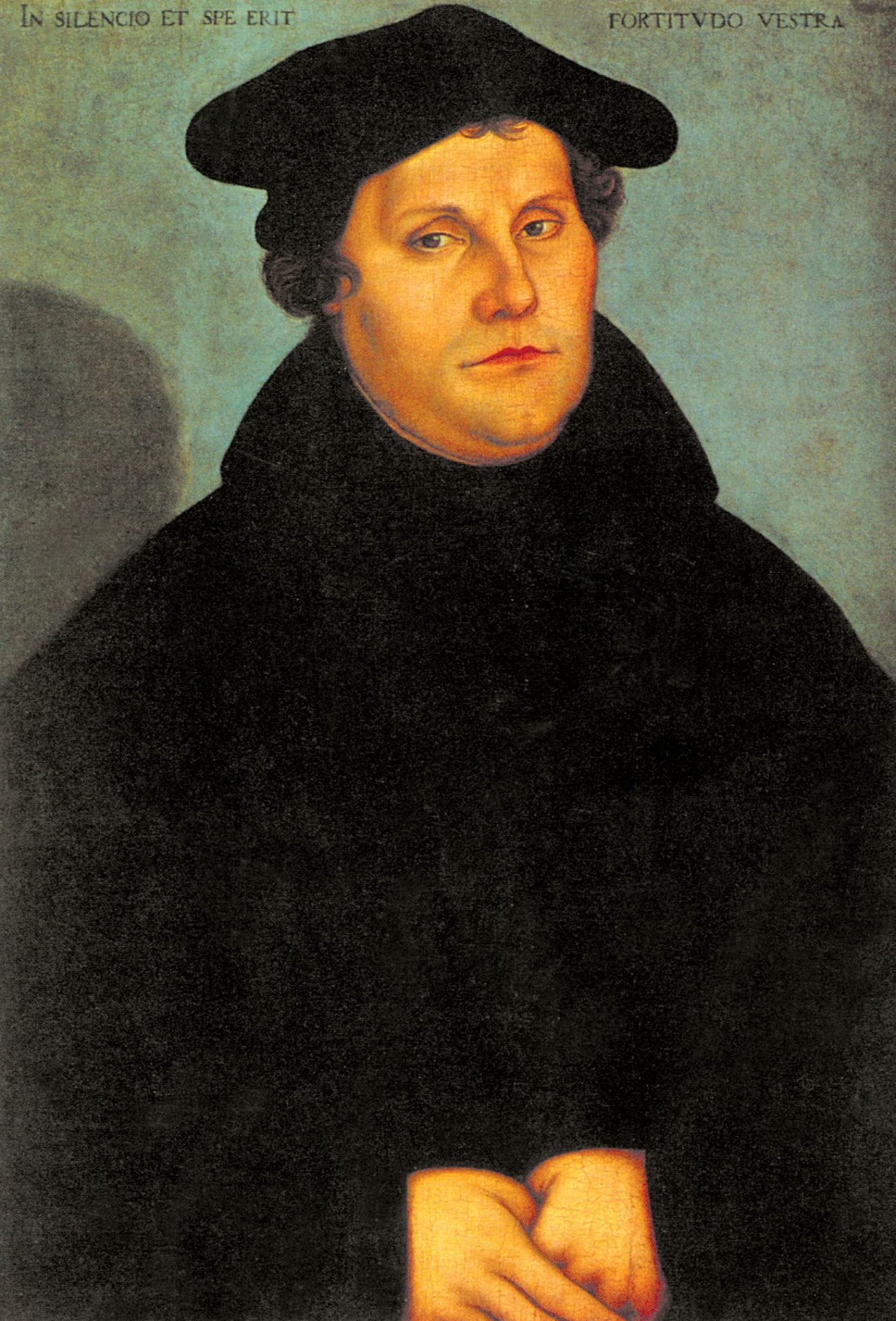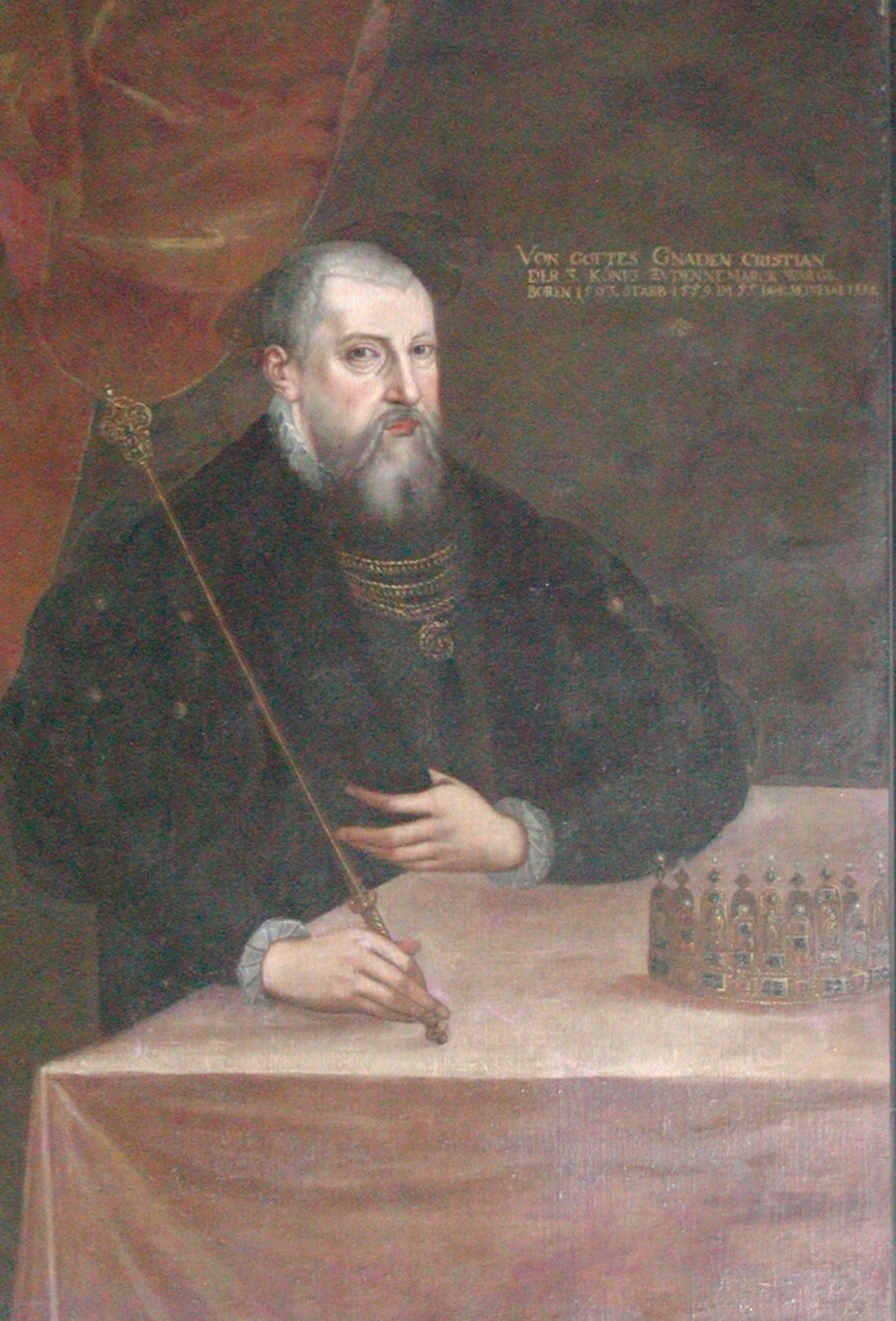Martin Luther
Martin Luther was a catholic priest and professor at the University of Wittenberg. In the Middle Ages the church sold indulgences, granting forgiveness for people’s sins. Luther disputed the Pope and the church’s right to waive other punishments than those the clergy themselves had imposed. Sins against God could be forgiven by God alone.
In 1517 Luther hung his 95 theses concerning indulgences on the door of the Wittenberg Cathedral. After this event, many people joined Luther in his protest against the Catholic Church. This marked the beginning of the Reformation.


